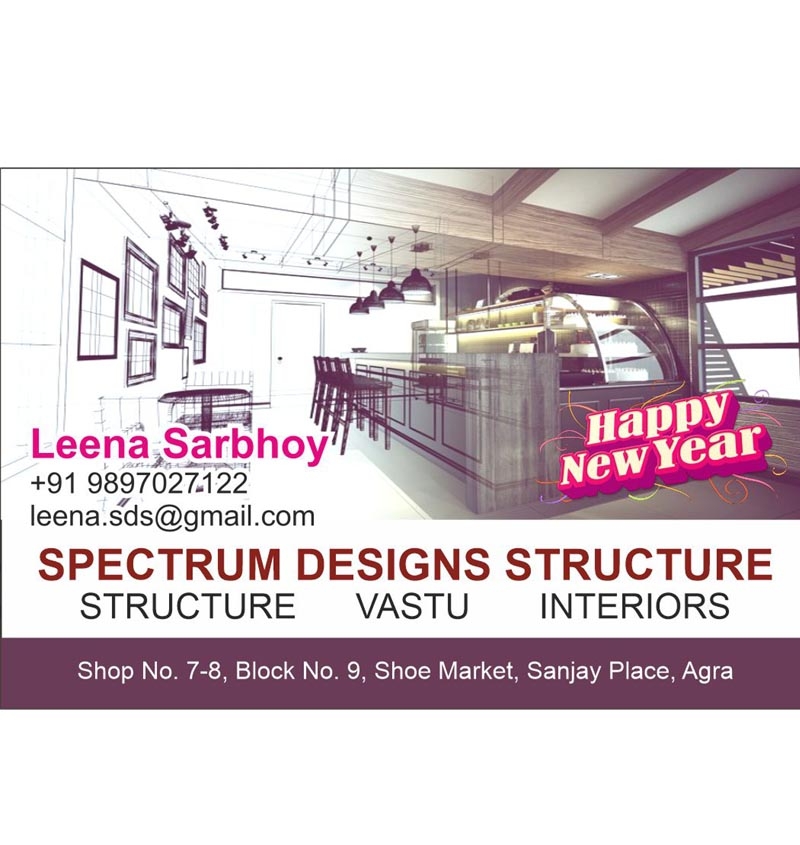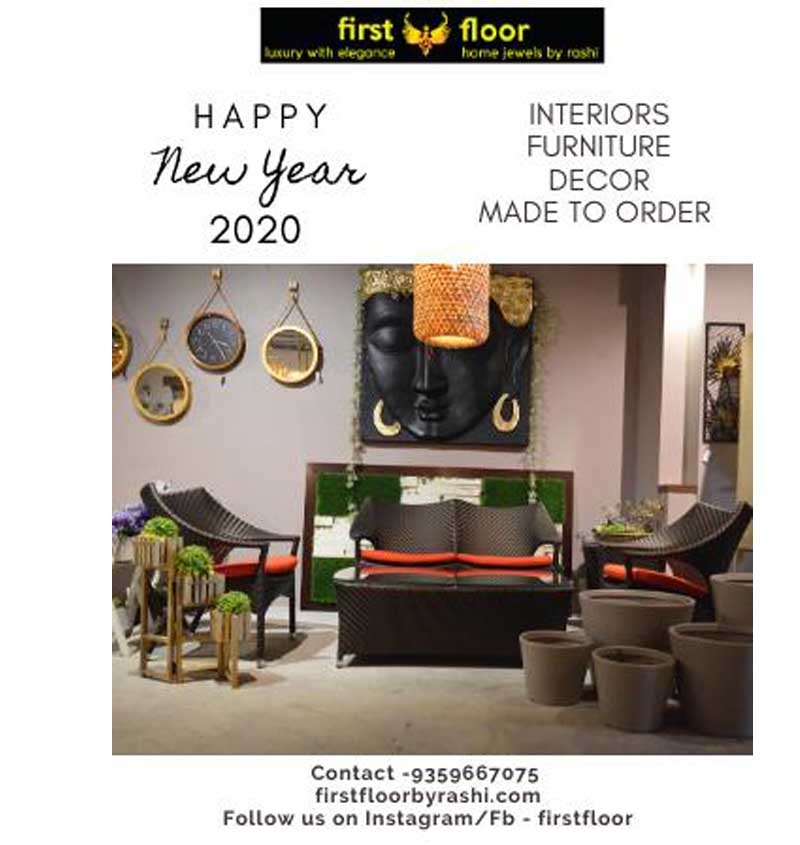1. The Core Principles of Interior Design
Interior design theory is anchored in a set of guiding principles that provide structure to the design process. These principles ensure that designs are aesthetically pleasing, balanced, and aligned with the purpose of the space. Here are the main principles:
Balance
Balance refers to the distribution of visual weight within a room, creating harmony and a sense of equilibrium. There are three main types of balance in interior design:
-
Symmetrical Balance: This is the most traditional form of balance, where elements on either side of a central point mirror each other. Symmetry is commonly used in classical or formal interior designs.
-
Asymmetrical Balance: This approach involves balancing different objects or design elements of varying sizes, colors, and textures without mirroring them. It creates a more dynamic and modern look.
-
Radial Balance: This form of balance revolves around a central point, with all design elements radiating outward. It’s often used in circular layouts or designs with a central focal point.
Proportion and Scale
Proportion refers to the relationship between the sizes of objects within a space, while scale focuses on how those objects relate to the size of the room or space. Designers must ensure that the scale and proportion of furniture, artwork, and decorative elements are harmonious and appropriate for the size of the room.
For instance, a large sectional sofa might overwhelm a small living room, while a tiny chair may seem lost in a spacious, open-plan area. The key is to create a sense of visual comfort through balanced proportions and sizes.
Rhythm
Rhythm in interior design is the repetition or alternation of elements to create a sense of movement and flow within a space. It can be achieved through the repetition of colors, shapes, lines, and patterns. This rhythmic quality guides the eye and enhances the overall experience of the space.
For example, a series of identical pendant lights hanging at intervals can create a rhythmic effect in a dining room or kitchen. Similarly, patterns on fabrics or wallpapers can provide a sense of continuity and movement throughout the room.
Harmony
Harmony is achieved when all elements in a design work together to create a unified and cohesive look. It ensures that different materials, colors, furniture, and accessories complement each other rather than clash. Harmony helps establish a mood or atmosphere, whether it's tranquil, energetic, formal, or relaxed.
Achieving harmony involves carefully selecting items that share common themes or tones. For example, pairing earthy tones with natural textures can create a serene and cohesive environment, while contrasting bold colors and modern textures can convey a more dynamic and eclectic feel.
Emphasis
Emphasis focuses on creating a focal point or center of attention in a room. It could be a piece of artwork, a fireplace, a unique piece of furniture, or a striking light fixture. By directing the eye to a particular feature, designers can guide the viewer's experience of the space.
A well-placed focal point helps balance the other elements of a room and prevents the space from feeling monotonous. It adds interest and gives the room a sense of purpose and direction.
2. Human-Centered Design and Psychology
One of the most critical aspects of interior design theory is understanding how people interact with and perceive spaces. Human-centered design considers the psychological and emotional responses that people have to their environment.
Spatial Awareness and Functionality
The layout of a space plays a key role in functionality and movement. The way we navigate and use a room influences how we feel in it. Proper spatial planning ensures that spaces are used efficiently and comfortably, allowing for easy movement and an optimal flow of activity. A space that feels cramped, cluttered, or difficult to navigate can cause stress and discomfort.
Designers often use the concept of flow—the ease with which people move through a space—to create environments that are comfortable and functional. Thoughtful placement of furniture, clear pathways, and effective zoning of areas can enhance the functionality of a room.
Color Psychology
Color has a profound impact on our mood and emotions. Interior designers use color psychology to influence how a space feels. For example:
-
Warm colors like red, orange, and yellow can stimulate energy and creativity, making them ideal for social spaces like living rooms or kitchens.
-
Cool colors like blue, green, and purple tend to create a calm, relaxing atmosphere and are perfect for bedrooms or areas where relaxation is key.
-
Neutral colors such as beige, white, and gray provide a balanced, timeless backdrop, offering flexibility in design and enhancing other features in a room.
Understanding the psychological effects of colors is essential in crafting spaces that evoke the right emotions and support the intended function of the room.
Biophilic Design
Biophilic design, which incorporates natural elements like plants, natural light, and organic materials, has gained popularity in interior design due to its positive impact on well-being. Studies have shown that exposure to nature can reduce stress, enhance productivity, and improve mental health. Integrating biophilic elements creates environments that foster a stronger connection between people and their surroundings.
3. Cultural and Contextual Influences
Interior design is not just about aesthetics; it’s deeply influenced by the culture and context in which it exists. Different regions, traditions, and lifestyles shape the way spaces are designed. For example:
-
In Scandinavian design, minimalism, light colors, and functional furniture are key, reflecting a culture that values simplicity, efficiency, and nature.
-
Japanese interior design emphasizes the beauty of simplicity, with natural materials like wood, paper, and bamboo, reflecting the philosophy of Zen and the connection to nature.
-
Mediterranean designs often feature earthy tones, wrought iron, and tiled floors, influenced by the sunny climate and outdoor lifestyle of regions like Spain and Italy.
Understanding the cultural context of a space ensures that the design resonates with its inhabitants and is respectful of traditions and values.
Conclusion
The theory of interior design is a multifaceted approach that combines artistic creativity, practical functionality, and an understanding of human behavior. By applying principles like balance, proportion, harmony, and emphasis, designers can craft spaces that are visually appealing, functional, and conducive to the well-being of the occupants. Understanding human-centered design and the psychological impacts of spaces is equally important in ensuring that the design meets the emotional and practical needs of the people who inhabit it. With these guiding theories, interior design goes beyond decoration—it becomes a thoughtful practice that enhances quality of life and reflects the essence of human experience.



















Your Message